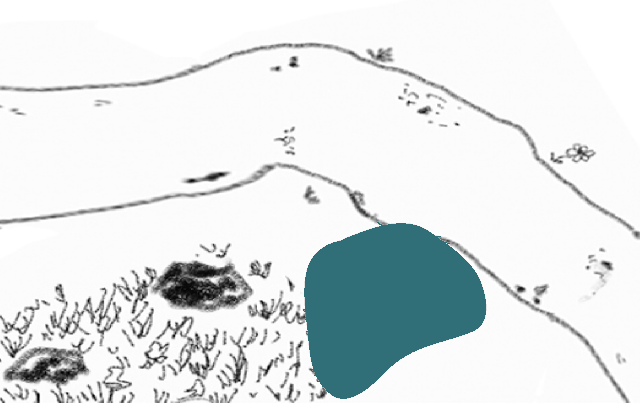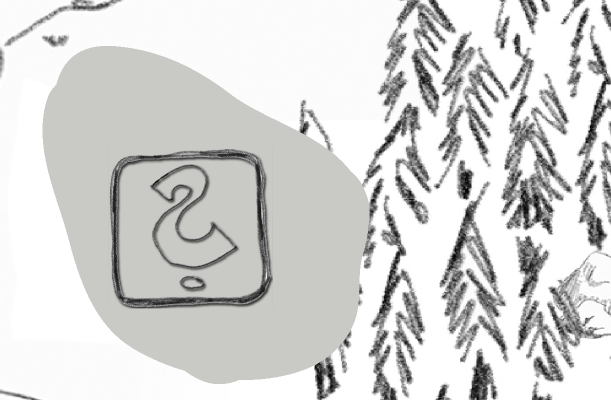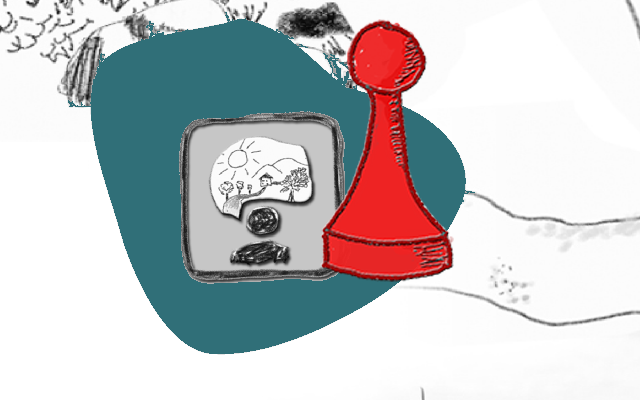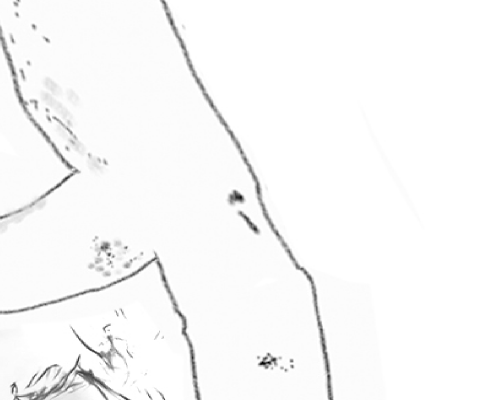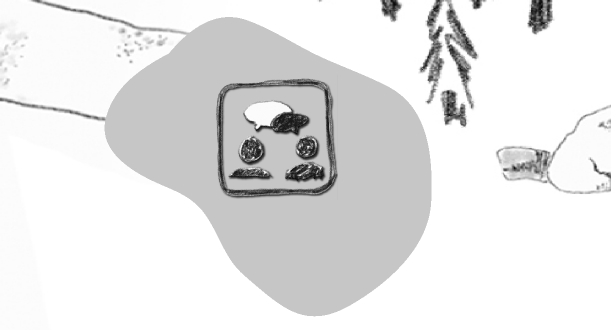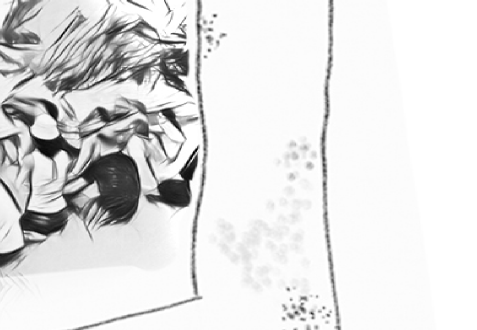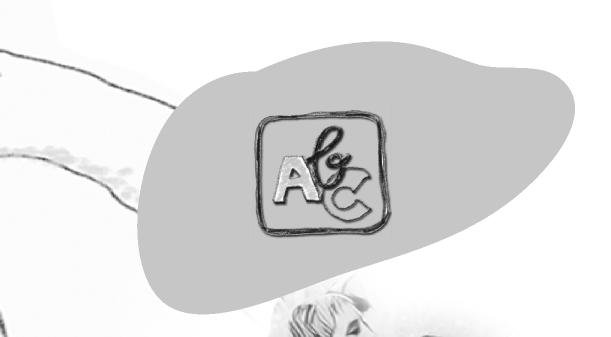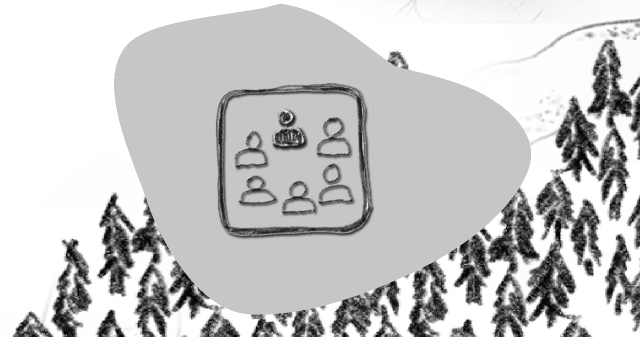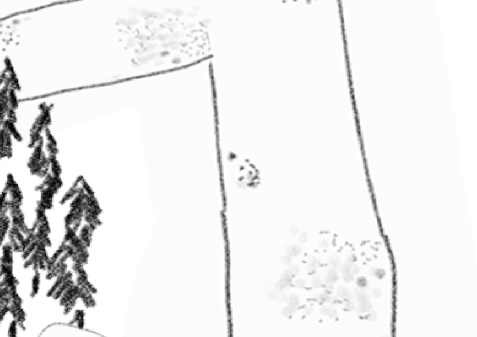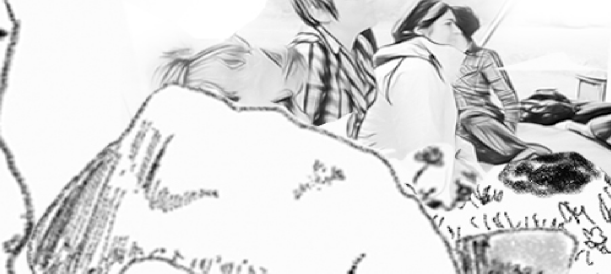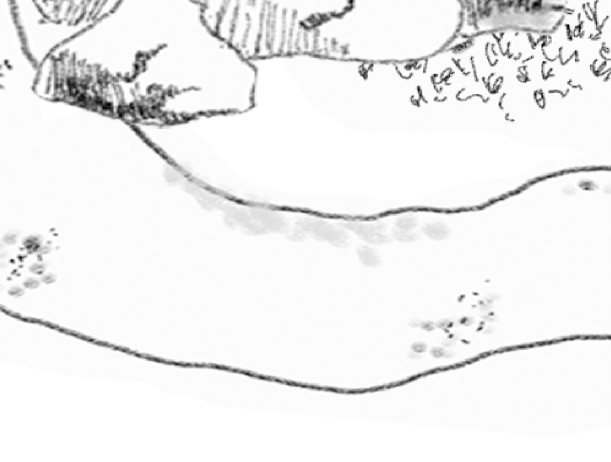Module -Storytelling
The story comes alive
Once you are familiar with the five parts of your story skeleton, you will need to flesh out the story:- Add the details that you remember
- Try to picture different scenes from the story to help remind you
- Use your own words and don´t try to learn the text by heart.
The two languages
Simplified, we can say that we use two different languages in everyday life: a more concrete and a more abstract one. Concrete words denote things we can grasp with our senses: a church, a pop song, a grape, a blanket.... Abstract words, such as freedom, love, success, denote concepts, feelings, attitudes, etc., and people understand them quite differently in individual cases. They do not evoke concrete images in our minds - unless we manage to express them in concrete, vivid events: Max tripped over his shoelaces, lost the competition and cried like a baby; he felt like a failure. In a way, the transitions are fluid, because even the word "building" is abstract
in the sense that every listener can have a different image of it in their head: for example, a Gothic church, an old barn, a magnificent castle, a family home ...
The more concrete, i.e. the more detailed and specific we describe something, the clearer and more memorable the image that arises in the minds of our listeners - and
the more vivid the story becomes. While listening and in the memory.
In a way, the transitions are fluid, because even the word "building" is abstract
in the sense that every listener can have a different image of it in their head: for example, a Gothic church, an old barn, a magnificent castle, a family home ...
The more concrete, i.e. the more detailed and specific we describe something, the clearer and more memorable the image that arises in the minds of our listeners - and
the more vivid the story becomes. While listening and in the memory.
Picture source: www.enchantingmarketing.com ▾
 |
 |
 |



